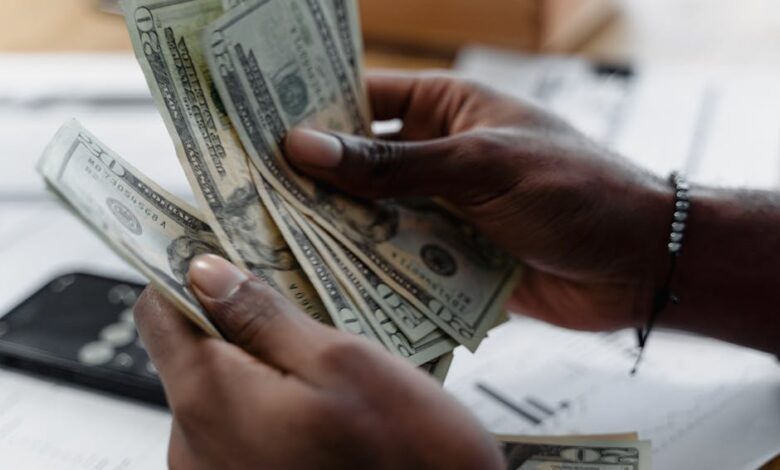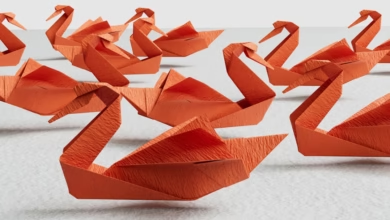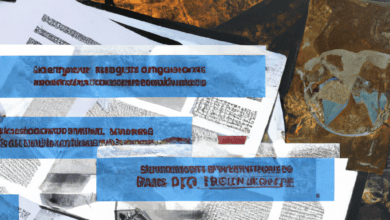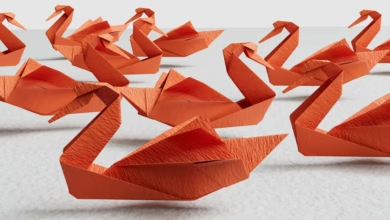Metals in Motion: Navigating Industrial Demand, Investment Strategies, and Economic Signals

In today's rapidly evolving economic landscape, the metals market plays a crucial role not only in industrial applications but also as a vital component of investment strategies. As global demand for technology and sustainable solutions continues to rise, metals such as silver, copper, and rare earth elements are at the forefront of both innovation and financial opportunity. This article explores the multifaceted nature of metals, beginning with silver's dual role as an industrial commodity and a sought-after investment. We will delve into how copper prices serve as barometers for global economic health and examine the growing impact of green energy technologies on the demand for rare earth metals. Additionally, we will compare platinum and palladium as investment options and discuss how metals contribute to portfolio diversification, particularly in the face of inflation. Finally, we will consider the future of aluminum within a sustainable economy and the influence of mining regulations on metal prices. Join us as we navigate the intricate connections between these essential materials and their implications for both industry and investment.
- 1. **Silver's Dual Role: Industrial Demand Versus Investment Appeal**
- 2. **Copper Prices as Economic Indicators: Understanding the Global Implications**
- 3. **Navigating the Metals Market: Diversification Strategies and Inflation Effects**
1. **Silver's Dual Role: Industrial Demand Versus Investment Appeal**
Silver plays a unique and multifaceted role in the markets, serving both as a critical industrial commodity and a popular investment asset. On the industrial side, silver is highly valued for its exceptional conductivity, thermal properties, and antibacterial qualities, making it indispensable in various applications such as electronics, solar panels, medical devices, and batteries. As industries increasingly adopt green technologies, the demand for silver is expected to rise, particularly in the renewable energy sector, where its use in photovoltaic cells for solar energy production is pivotal.
In contrast, silver's investment appeal stems from its status as a precious metal, often seen as a safe-haven asset during economic uncertainty. Investors turn to silver as a hedge against inflation and currency fluctuations, similar to gold. Its relatively lower price compared to gold makes silver an attractive option for a broader range of investors, including those looking to diversify their portfolios. This dual demand—industrial and investment—creates a complex market dynamic that influences silver prices.
While industrial consumption can drive prices up during periods of economic growth, investment demand often surges during downturns or geopolitical tensions. The interplay between these two aspects of silver ensures that it remains a vital component in both economic and investment narratives, reflecting broader trends in technology and finance. As the global economy evolves, the balance between silver's industrial applications and its role in investment will continue to shape its market trajectory.
2. **Copper Prices as Economic Indicators: Understanding the Global Implications**
Copper prices are often viewed as a barometer of global economic health due to copper's widespread use in various industries, including construction, electronics, and manufacturing. As a versatile metal, copper is integral to the production of electrical wiring, plumbing, and a multitude of consumer goods. Consequently, fluctuations in copper prices can reflect changes in economic activity and demand.
When economies are growing, demand for copper typically rises, leading to increased prices. For example, during periods of robust industrial production or infrastructure development, such as in China or emerging markets, copper prices tend to surge. Conversely, during economic downturns or recessions, demand for copper often declines, resulting in lower prices. This correlation makes copper a reliable economic indicator, as its price movements can signal larger trends within the global economy.
Moreover, the relationship between copper prices and other economic indicators, such as manufacturing output, employment rates, and GDP growth, further emphasizes its role in economic analysis. Investors and analysts closely monitor copper price trends to gauge the overall health of the economy, making it an essential component of market forecasts and investment strategies.
Global events, such as geopolitical tensions, trade policies, and changes in consumer behavior, can also impact copper prices. For instance, supply chain disruptions or tariffs can lead to price volatility, reflecting the interconnectedness of global markets. As such, understanding copper price dynamics provides valuable insights into economic conditions, making it a crucial element for investors, policymakers, and businesses alike.
3. **Navigating the Metals Market: Diversification Strategies and Inflation Effects**
In the current economic landscape, navigating the metals market requires a keen understanding of diversification strategies and the effects of inflation on metal prices. Diversification is a fundamental investment principle that mitigates risk by spreading investments across various assets. In the context of metals, this means incorporating a mix of precious metals, such as gold and silver, alongside industrial metals like copper and aluminum.
Precious metals are often viewed as safe havens during periods of economic uncertainty and high inflation. Their value tends to rise when fiat currencies weaken, providing a hedge against inflation. Conversely, industrial metals are closely tied to economic growth; their demand typically increases in a thriving economy, particularly as infrastructure projects and green energy initiatives gain momentum. By balancing investments between these two categories, investors can better position themselves to weather economic fluctuations.
Inflation directly influences metal prices, as rising costs can lead to increased production expenses and higher demand for metals as a store of value. For instance, during inflationary periods, investors may flock to gold and silver, driving their prices up. Conversely, the prices of industrial metals can also rise due to increased manufacturing costs, but their market behavior may be more volatile, reflecting changes in global economic conditions.
Additionally, it's essential to consider emerging technologies and trends that impact metal demand. With the growing emphasis on renewable energy, metals like lithium and cobalt are becoming increasingly valuable for battery production. Investors should remain informed about these shifts and adjust their portfolios accordingly.
Overall, a well-rounded approach that includes both precious and industrial metals can provide a buffer against inflation and market volatility. By staying informed about economic indicators and trends in the metals market, investors can make strategic decisions that enhance their portfolios and minimize risk.
In conclusion, the dynamics of the metals market reveal a complex interplay between industrial demand, investment strategies, and global economic trends. Silver stands out for its unique dual role, serving both as a critical component in various industries and as a sought-after investment asset. Similarly, copper prices act as a barometer for economic health, reflecting broader market conditions and influencing investor sentiment. As the world pivots toward green energy, the demand for rare earth metals is set to surge, presenting opportunities and challenges within the investment landscape.
The comparison between platinum and palladium further illustrates the diverse investment avenues available, each with its own risk and return profile. Diversifying portfolios with metals can be a prudent strategy, particularly in the face of rising inflation, which tends to impact the prices of precious and industrial metals alike. Looking ahead, aluminum’s role in a sustainable economy will likely become increasingly prominent, driven by innovations and regulatory changes.
Finally, mining regulations play a critical role in shaping metal prices, influencing supply chains and market stability. As investors navigate this multifaceted landscape, understanding these interconnected factors will be essential for making informed decisions in both industrial and investment markets. The future of metals, with all its complexities and opportunities, promises to be a pivotal area for both economic growth and investment potential.





